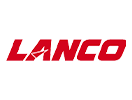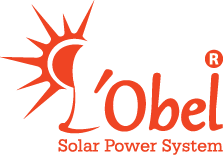
Green Field Projects?
Ground Mounted MW Projects
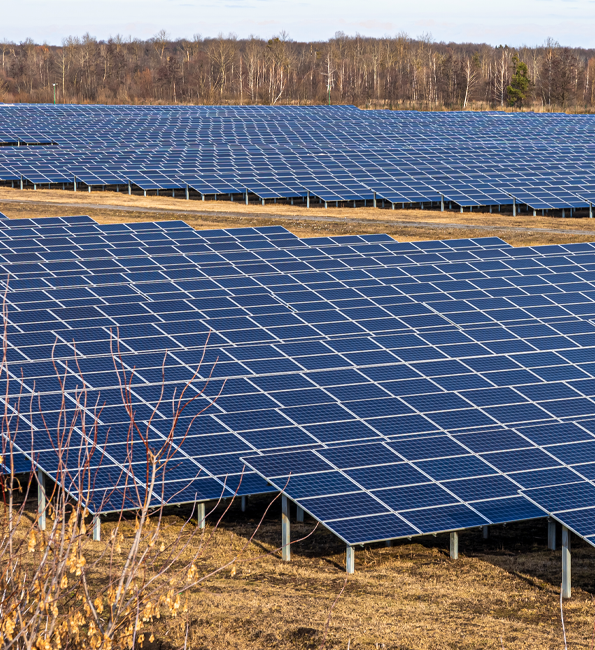
Solar Park
Earning Solar
- Reduces Your Electric Bills
- Avoiding Rising Energy Costs
- No Maintenance Costs
- Giving You a Greater Return on Investment
- Boost Your Property Value
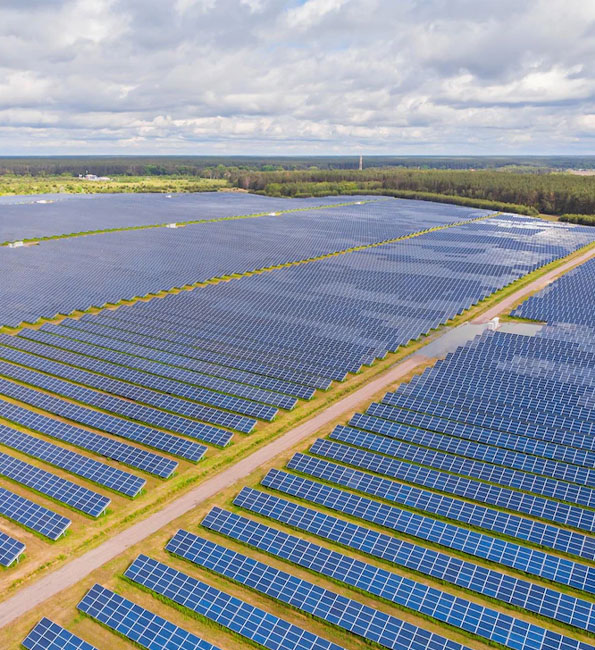
Third-Party PPA
OPEX Model
CAPEX Model
Customer bears all the performance risk and must manage equipment & downtime losses.

Generate Your Carbon Footprint
Floating Solar
Solar panels on the floating solar power plant are firmly fixed on buoyant structures to keep them afloat on water bodies to receive sufficient sunlight throughout the year. Electric current transfers from these panels to power plants through underwater cables.


Easy Waste Concept Solar
Hybrid Projects (Solar & Wind)
During winters, a single energy system cannot operate at its maximum efficiency. Hence, the better choice is to install a hybrid solar wind system.
The cost might be more than installing a single system, but it will be a one-time investment and better in the long run.
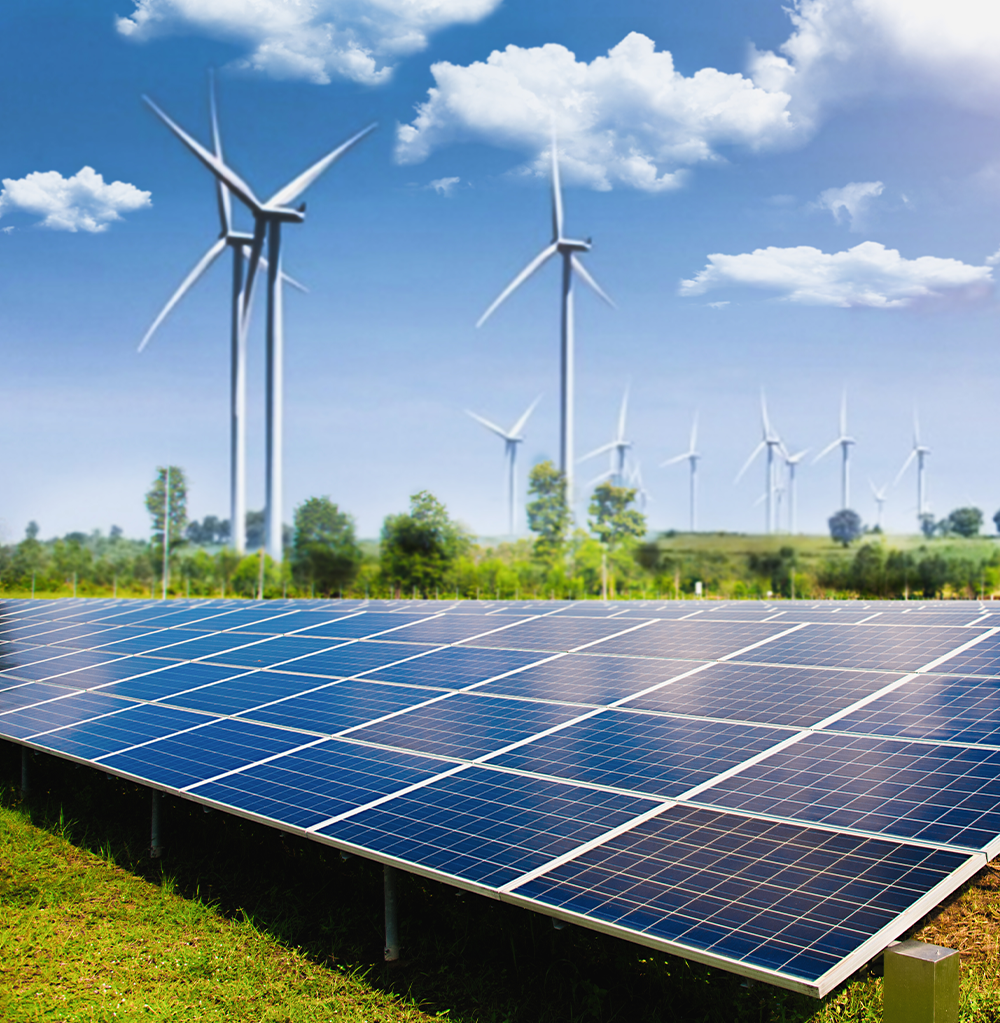
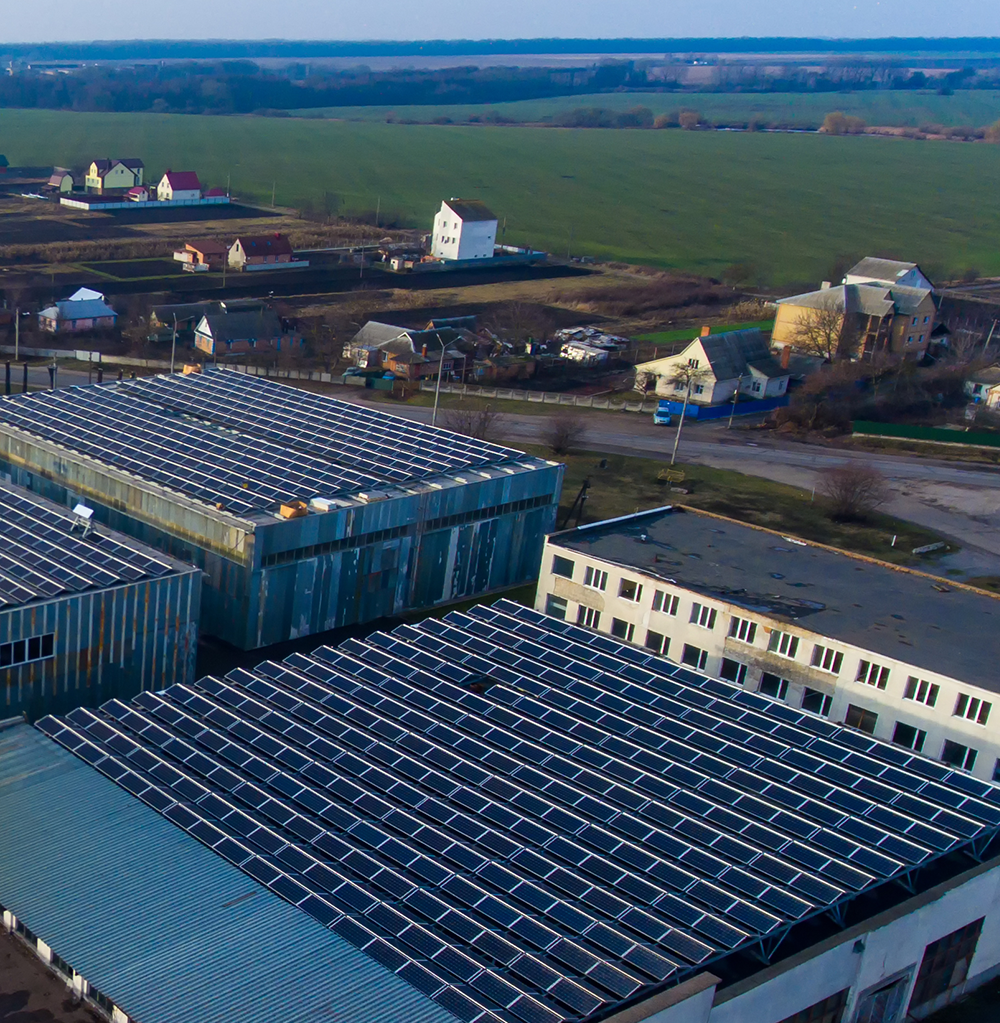
Industrial Captive PV Projects
Industries that can set up captive power are:
Textiles, Cement, Dairy, Chemical, Iron & Steel, Ceramic Industry, Paper, Sugar Industry, Ceramic Industry.
Solar Tree
The purpose of Solar trees is to enhance the architecture and landscape they complement, usually in a public or commercial place, and to bring visibility to solar technology.
The objective of installing many solar trees is to promote understanding, awareness, and renewable energy adoption. They are not commonly used as a primary source of energy for a property as rooftop solar systems provide that energy.
Solar trees complement rooftop solar systems or other green building initiatives, symbolizing larger investments and their environmental benefits.
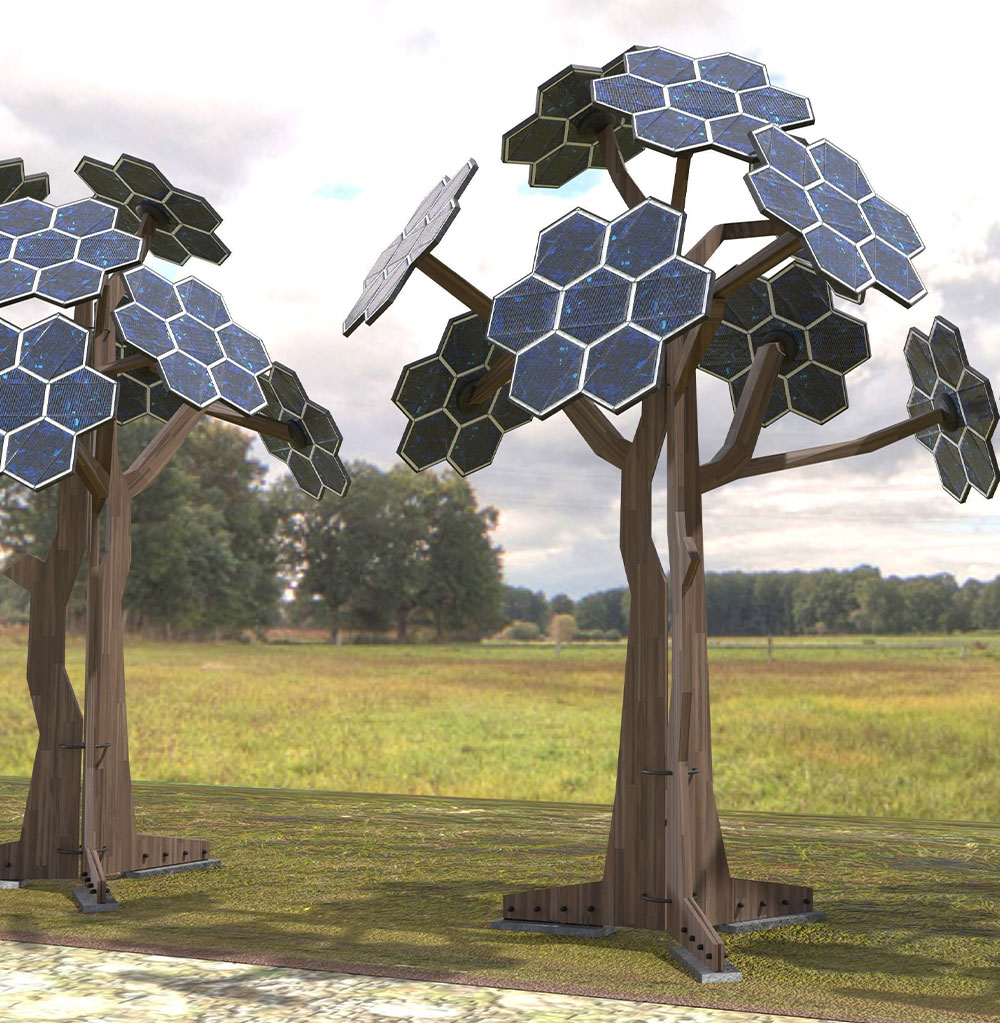
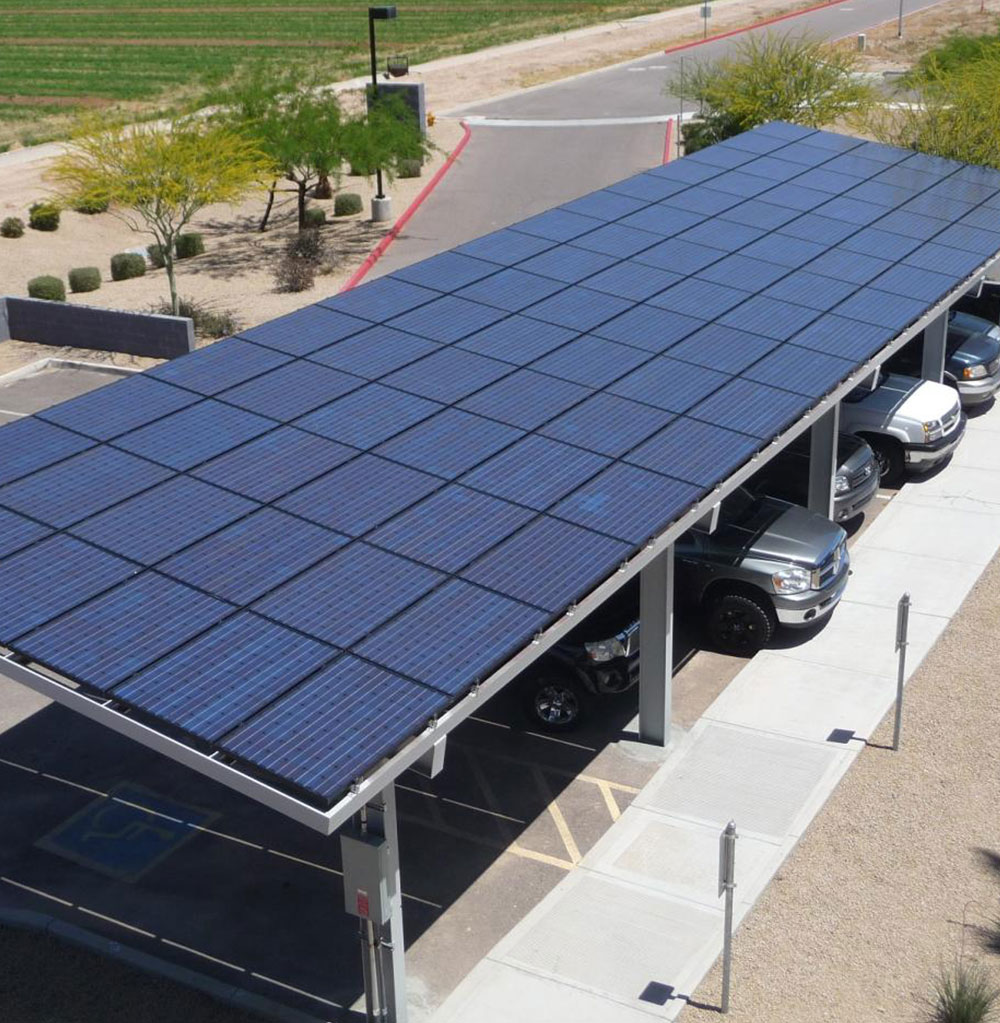
Solar Car Port Project
As one of the single biggest energy clients in the area, Metro is a significant accomplice for meeting territorial energy objectives. Through the innovative and community-oriented solar carport project, Metro is utilizing its real estate portfolio to supply local communities with renewable energy.
Solar carports are overhead canopies built of steel that support solar panels which collect sunlight, a renewable energy source, that is converted to electricity. The electricity will be sent to the utility company and finally delivered to local homes and businesses.
What They’re Speaks
About Company's Work
Project Size - 180 kw
We are satisfied with the service in terms of completion of the project in given time frame with achievements of claimed output, good workship and good liaison service with Government officials by providing projects approval from GEDA, Drawing approval from CEI, Inspection and charging approval from CEI.We are also found their after sales service support is quite good. We would also like to appreciate training provided to our technical staff.

Prompt Action Good Staff Proper Communication

Green Field Project?
- Invest in your simply neighborhood
- Support people in free text extreme need
- Largest global industrial business community

Clients












